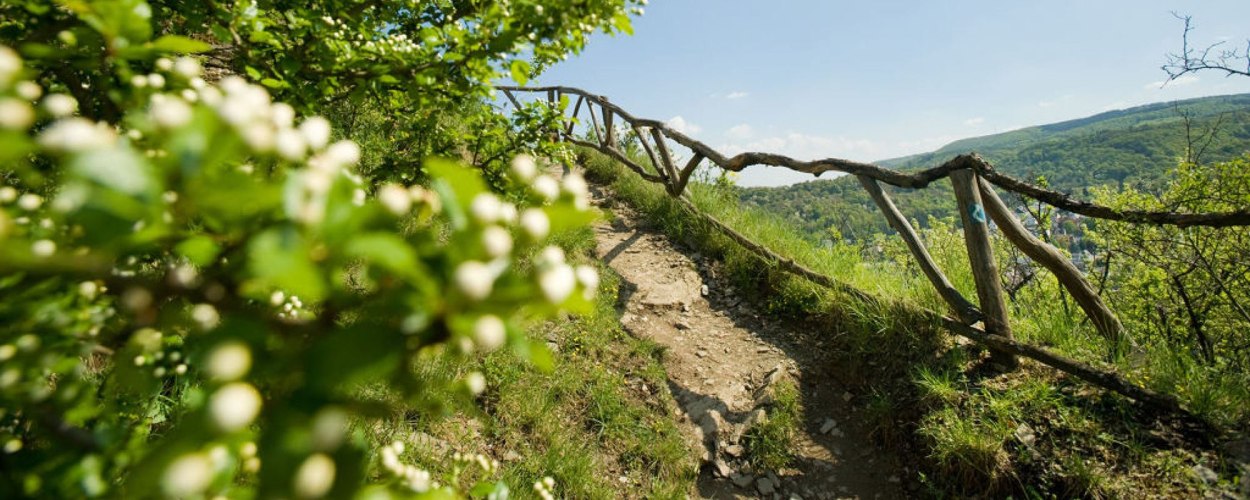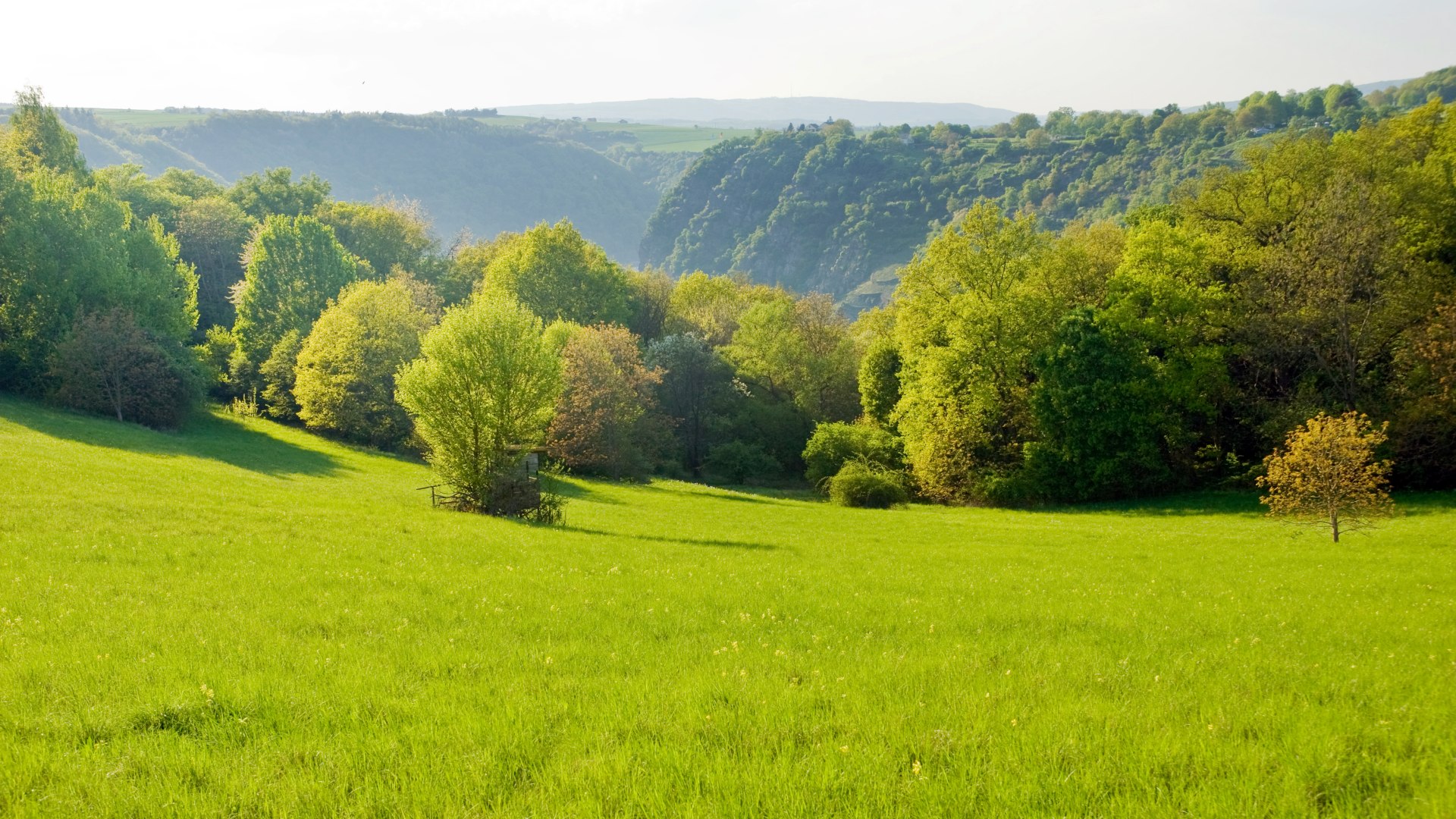Philosophy
Outstanding hiking and walking
The administrative office for the RheinSteig has drawn up the following quality criteria, broadly based on those of the German Hiking Association with added detail in some areas.
The aim is to manage and structure the RheinSteig in accordance with the quality criteria listed below in order to create an attractive and high-quality trail that offers hikers exactly what they are looking for.


